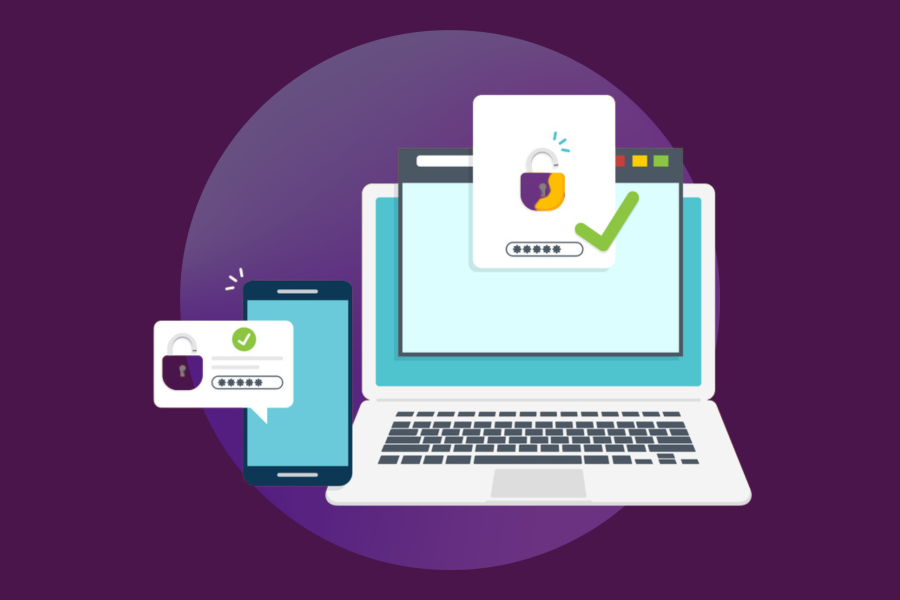When it comes to Slack, one thing is true. It doesn’t matter where you’re located physically; everyone “talks” in the same place. This benefits the whole community, but it’s especially important for those of us who are part of Stanford’s ever-growing remote and distributed workforce.
A community of remote and distributed workers
I’ve been part of Stanford’s full-time remote workforce since January 2016 and a champion for Stanford’s distributed and remote workers for almost as long. When it comes to Stanford Slack, I’m an early adopter. In fact, just a few weeks after the platform became available, I partnered with a colleague to co-found a Slack channel for Stanford’s Community of Practice for Distributed & Remote Workers.
The channel was created as a way to help our remote and distributed teams feel connected and to share tips, tricks, and best practices for the distributed workforce. Most recently, I’ve seen community members ask for and receive advice on how to smoothly transition from campus life to working remotely.
In three years, the channel has grown to include 240 members from across all seven schools of Stanford University. Our channel is all-inclusive so everyone at Stanford can benefit from the conversation — whether you work on one of the campuses or from a remote office or occasionally telecommute.
Good Slack habits keep teams together
Slack is one of many tools that helped the university successfully transition to a highly distributed workforce, even though traditionally our culture has been centered around the historic campus. With the opening of the Stanford Redwood City campus, and the options for remote work and telecommuting becoming increasingly acceptable, tools like Slack help us feel connected, collaborative, and productive, no matter where we are.
With that in mind, I’d like to offer a few Slack “habits” that I think remote and distributed workers would like to see their colleagues embrace. After all, we can all do our part to help keep our teams cohesive, even when physically apart.
-
Drop a “good morning.” When colleagues remember to reach out with a friendly greeting, it lets me know they think of me as a real, live person and not a robot. It’s nice to get to know people through casual conversations. And it’s also OK to chat from time to time about things not related to work. And hey, you never know when those unplanned moments of connection will lead to an important new insight.
-
Share what’s interesting about you. Post pictures of your kids, vacations, or pets and encourage others to do the same. Learning more about the people we work with helps us build relationships and work together more effectively. I suggest you think about setting up a channel intended for this purpose. In this dedicated channel, conversations can happen organically as if everyone were together in an office.
-
Celebrate accomplishments together. Post praise, thanks, or kudos in a Slack channel. That way, we can lift each other up and celebrate together.
-
Build a channel structure designed for collaboration. If your team works closely with another group, create a shared channel where people can ask questions and share best practices. For example, our Computer Resource Consulting team works closely with the Service Desk and we share a channel to collaborate on technical issues and escalations.
-
Be diligent about updating your status. Let everyone will know when you’re in meetings, out sick, on vacation, or working from a different location. Consider integrating your Outlook Calendar with your Slack account so your teammates know when you’re available. This is a good practice in general, but it’s especially helpful to teammates who aren’t able to see when you’re at your desk.
-
Be a reliable partner. When you post a request or question in Slack, let your colleague know if it's OK to respond later or if you need an answer immediately. Also, do your best to respect the working hours of your team members. Many folks feel compelled to respond as quickly as possible unless they are told it can wait.
-
Post announcements in the team Slack channel. This makes your distributed team feel connected with on-campus news and events. If you have photos from an important event, you may want to share those as well.
-
Avoid impromptu meetings at someone’s desk. If you have something important to discuss and don’t want to schedule a meeting, put your thoughts into a chat so everyone has insight into the conversation. Remember, when all team members aren’t in the same location, it's always better to lean toward transparency.
Learn more
- Technology Toolkit for Telecommuting and Remote Work
- Check out the Distributed and Remote Workers CoP



